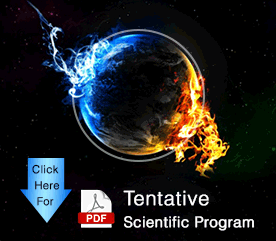
Thomas Wysmuller
colderside.com, USA Panel Discussion
Title: The effects of ocean circulation on formation of the great ice ages
Biography
Biography: Thomas Wysmuller
Abstract
Global Climate for the past One Million years has proven to be remarkably symmetrical, in both its temperature variation and temporal periodicity. Geological evidence for the periodicity became evident in the 19th century and certain in the mid-20th, when seabed cores were taken from all oceans in the world. Reconstruction of Oceanic Water Levels added to the evidence of this confirmed symmetry. In the 1950s, Oceanographer Maurice Ewing, heading Columbia University’s Lamont Earth Observatory, and Geologist William Donn, used seabed core evidence to aid in developing a theory of Ice ages and their causes [1,2,3]. Ocean circulation, particularly over the passages on either side of Bear Island, was critical. The framework they proposed underwent a number of revisions and was not well understood [4]. The brilliant Russian research conducted at the Vostok East Antarctica Ice Station helped clarify everything. Their Ice Core project was designed to penetrate into Lake Vostok. This huge lake was situated 3 kilometers under the ice and the 10-year effort yielded stunning results that included exposing Milankovitch signals within the symmetrical periodicity of temperature and CO2. A singular asymmetrical variation covering the most recent 10K years appears to disrupt the sequence, but there is a real likelihood that this pattern is not abnormal and a research proposal to resolve the discrepancy (and confirm the actual symmetry) will be offered. Magnetic effects, Piano Key evidence, & Earth surface vs. core rotational aspects along with Ocean Currents are inclusively addressed.

